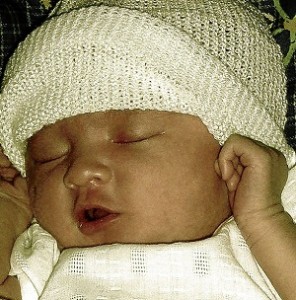Why an aging population is not good for economy
Imagine this scenario: The only child of two aging and sickly parents faces deep pressure to provide for all their needs since there are no siblings to help carry the burden.
The same thing happens in an aging economy where few workers support a bigger number of dependent retirees.
Demographers call it an inverted pyramid. It’s an economy that has declining population growth, where there are more old people than younger ones.
It is the situation currently faced by many European nations plus a few Asian examples such as Japan amd Singapore.
This scenario causes a strain on businesses and their workforce because it also means fewer people to join the action, especially as seniors start to retire.
According to one population study posted on a United Nations website: “Fertility in the Philippines has experienced continuous decline from the 1950s to the present.”
From total fertility rates (TFR) of more than six births per woman in the 60s, the TFR has declined to excess of 3.5 births in the mid-nineties. The CIA Factbook estimates more than three births per woman in 2011.
The above data points to the fact that the country is actually already approaching the replacement fertility rate of more than two births that is essential to ensure the survival of the race.
In certain developed economies, births have fallen below the replacement ratio and certain so-called developed nations are now trying to reverse the population trend. If the Philippines will follow their lead, the consequences can also happen here.
An aging economy is a problem for government because it usually means that there are lesser workers earning a living to support or take care of older people.
In a 2004 discussion paper entitled “Australia’s Demographic Challenges,” the Australian Government’s Treasurer released the following information: “In 2002 there were more than five people of working age to support every person aged over 65. By 2042, there will only be 2.5 people of working age supporting each person aged over 65.”
An economy starts to age when there are fewer people capable of replacing those who are getting older, also in consideration of present health trends that have allowed more people to live longer. Usually, there is also reference to people who still have the capacity to work vs those who are retired and are in need of care. Government pensions systems are usually based on worker contributions that are later redeemed upon retirement.
So if there are fewer people and lesser monetary contributions to the fund, it means that there will be a smaller pot to divide when the retired seniors start claiming their pensions. It could lead to fund bankruptcy if the claims are not met.
Demographers calculate what is known as the “replacement fertility rate” to estimate how many daughters it would take to replace the previous generation of women.
A 1998 paper written by John Bongaarts of the Population Council in New York explains, “Currently, replacement fertility equals 2.36 births per woman (bpw) in the developing world. This level exceeds two because children who die before reaching the reproductive ages have to be replaced with additional births, and because the sex ratio at birth slightly exceeds one (typically 1.05 male for every female birth).”
For economies like the Philippines who still have a positive (albeit declining) fertility ratio, it is important to learn from the experience of developed economies with shrinking populations.
A 2007 study entitled “Global Aging: The New New Thing” by Dr. Adele Hayutin of Stanford Center on Longevity projected that by the year 2030-50 both Japan and Italy will have negative working age population growth rates at -16.9 percent and -5.4 percent, respectively. The data suggests that in order to regain more workers, the economy would need to rely on immigration or other corrective measures to encourage more births. While negative growth may be hard to imagine, the frail figure of aging populations already haunts many economies today.
Ed’s note: Currently on Congress’ drawing board is the passage of the RH bill which aims to promote women health care and teach contrapection to students. The pro-RH bill advocates believe that the Philippines is over populated and the growth of babies should be limited. The anti-RH contends on the other hand that the growth of PH population is already declining and what is needed is better education for Filipinos.

